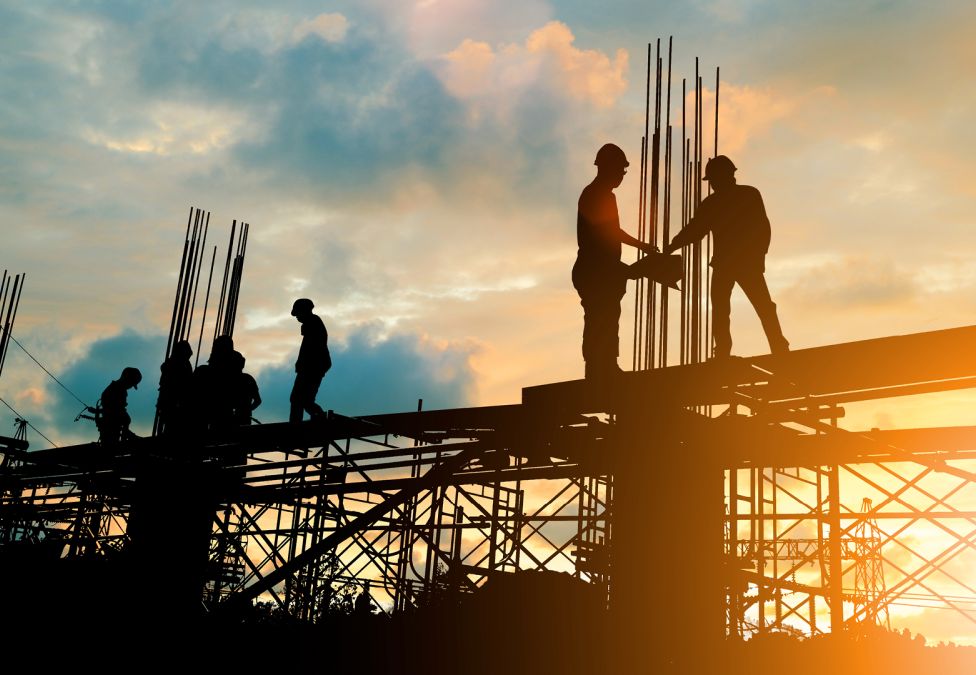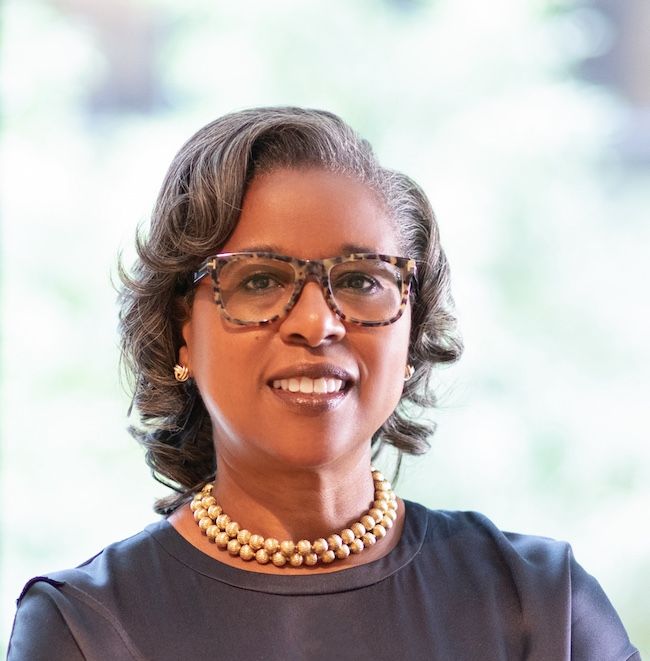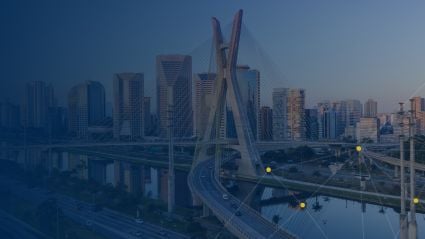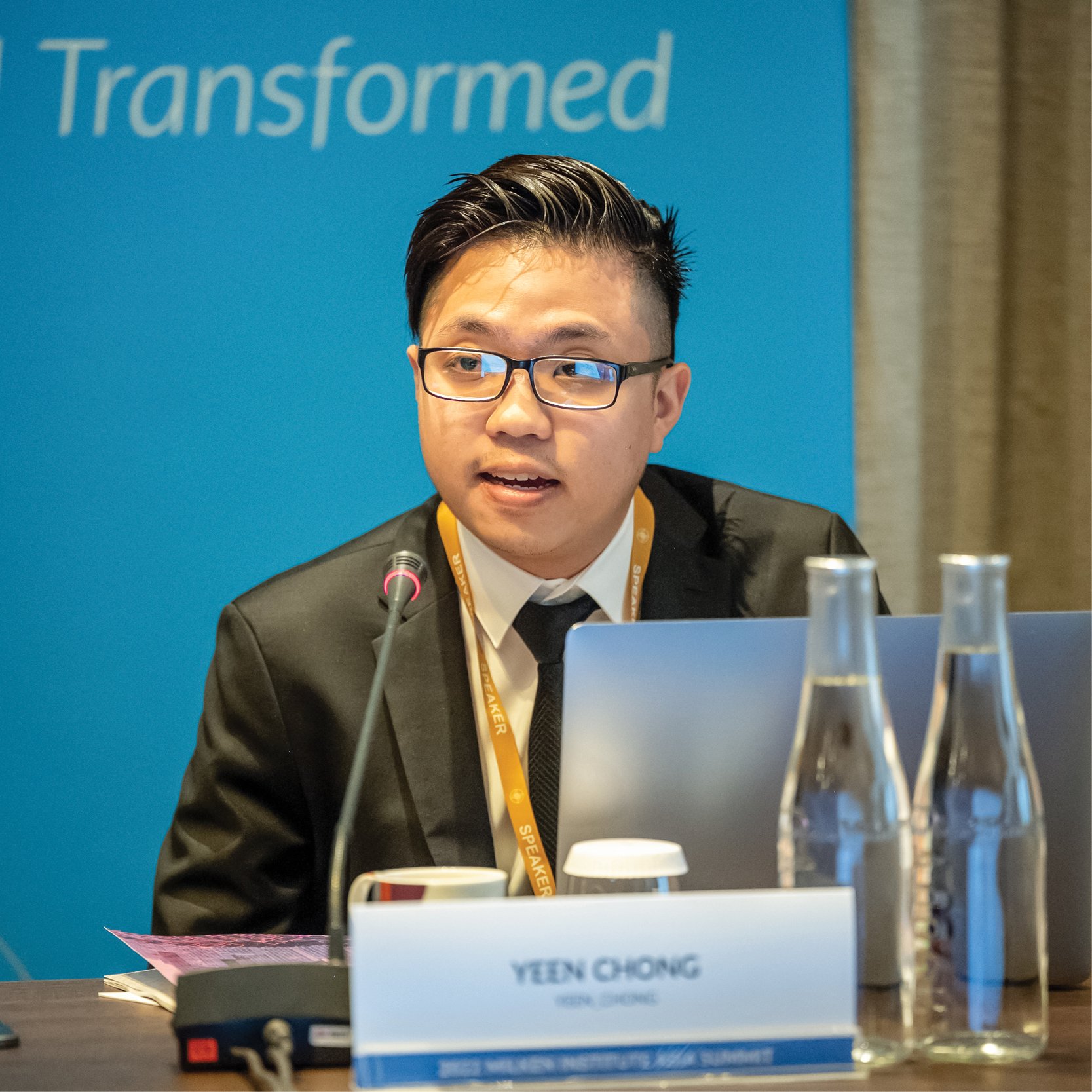
When African infrastructure is discussed, the conversation usually centers on funding gaps—the shortfall of public finance, rising debt service costs, and shrinking donor assistance. But the far more compelling and lesser-known story is just how strong, stable, and profitable emerging market infrastructure debt has been over the past decade. It is time to elevate awareness of the returns and safety of African infrastructure debt as an asset class for US and African institutional investors still watching from the sidelines.
The prevailing narrative—that emerging market infrastructure investment remains a high-risk speculative investment—simply doesn’t match the data. Research from ImpactA Global, drawing on data from a variety of sources including the Global Infrastructure Hub, Moody’s Analytics, and the Global Emerging Markets database, consistently shows that across global emerging markets, infrastructure debt has quietly proven to be both one of the world’s most rewarding and one of its safest asset classes. Over the past 10 years, it has delivered annualized average returns of 8–9 percent, far outpacing the 3–4 percent typical of developed-market infrastructure, US high-yield debt, or leveraged loans, while maintaining loss rates below 1 percent, comparable to A-rated securities.
Emerging markets infrastructure is not a speculative gamble. These are asset-backed, amortizing projects with strong covenants, high collateralization, and reserve accounts. Senior debt is often further protected through credit enhancements, sovereign guarantees, and conservative leverage. These features make it, in practice, safer than many developed-market equivalents. Expected losses remain below 1 percent, and recovery rates exceed 90 percent—higher than any other major debt class.
Yet trillions of institutional dollars remain parked in low-yield developed-market credit, while Africa, home to the world’s fastest-growing population and workforce, continues to face an infrastructure capital shortfall. A McKinsey article, “Solving Africa’s Infrastructure Paradox,” highlights that less than 10 percent of infrastructure projects in Africa reach financial close. The result is a missed opportunity on both sides: investors forgoing stable, high returns, and African economies constrained from reaching their full potential.
The broader dividends for impact-oriented investors are just as significant. Every financed hospital, renewable energy project, water treatment facility, cold-storage warehouse, data center, or industrial park creates jobs, enhances productivity, and builds the infrastructure for lasting prosperity. These are the investments that will enable Africa’s next growth phase and deliver tangible, long-term jobs and social returns alongside steady financial ones.
It is time to replace outdated risk perceptions with facts. Emerging market and African infrastructure is not a high-risk frontier—it is a high-performing, low-volatility investable asset class that also delivers enormous social and economic value. In an investment environment hungry for achieving both financial yield and social impact, African infrastructure debt offers what few investments can—profits and purpose.
Cory O’Hara contributed to this piece.












